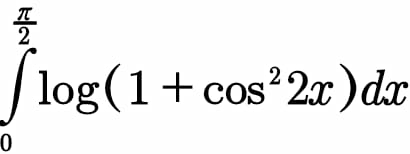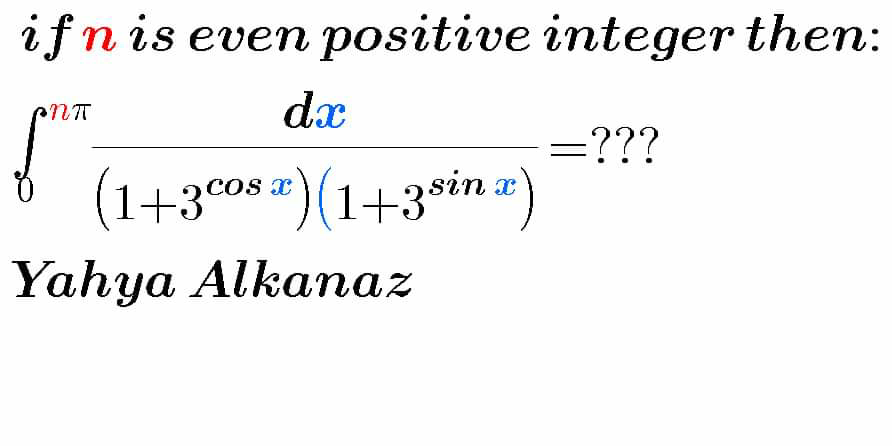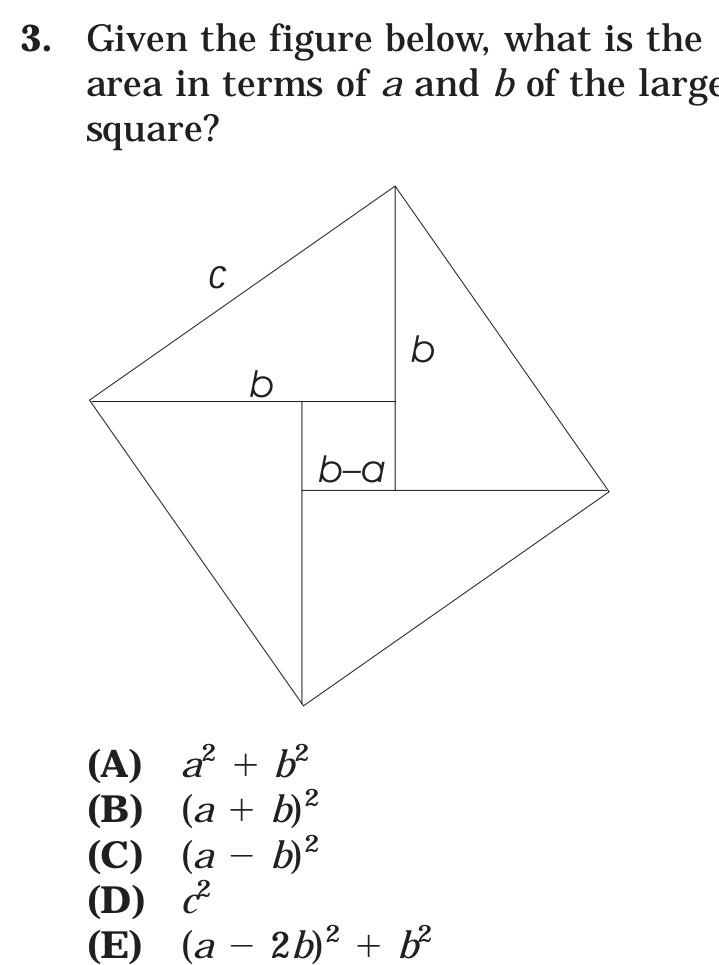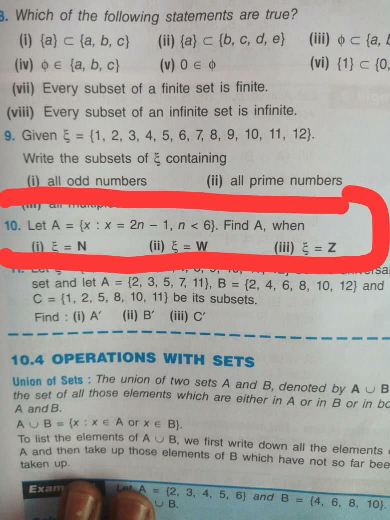
AllQuestion and Answers: Page 1241
Question Number 91321 Answers: 0 Comments: 3
Question Number 91310 Answers: 0 Comments: 0
Question Number 91308 Answers: 0 Comments: 2
$$\int\:\frac{{x}^{\mathrm{2}} }{{x}^{\mathrm{4}} −{x}^{\mathrm{2}} −\mathrm{2}}\:{dx}\:? \\ $$
Question Number 91303 Answers: 0 Comments: 3

Question Number 91302 Answers: 2 Comments: 0

Question Number 91298 Answers: 1 Comments: 1
Question Number 91297 Answers: 0 Comments: 2
Question Number 91291 Answers: 0 Comments: 3
$${x}\:{dy}\:+\mathrm{2}{y}\:{dx}\:=\:\mathrm{2}{x}^{\mathrm{3}} {y}^{\mathrm{2}} \:{dx} \\ $$
Question Number 91290 Answers: 0 Comments: 1

Question Number 91287 Answers: 1 Comments: 0
$${y}''+\mathrm{2}{y}'+\mathrm{5}{y}=\mathrm{3sin}\:\mathrm{4}{t} \\ $$
Question Number 91277 Answers: 2 Comments: 0
Question Number 91275 Answers: 0 Comments: 6

Question Number 91274 Answers: 0 Comments: 0
Question Number 91272 Answers: 1 Comments: 0
$$\left({D}^{\mathrm{2}} +\mathrm{4}\right){y}\:=\:\mathrm{sin}\:\mathrm{2}{x} \\ $$
Question Number 91271 Answers: 1 Comments: 1
Question Number 91270 Answers: 0 Comments: 0
Question Number 91269 Answers: 0 Comments: 0
Question Number 91268 Answers: 0 Comments: 5
Question Number 91263 Answers: 0 Comments: 0
Question Number 91258 Answers: 0 Comments: 0
Question Number 92440 Answers: 0 Comments: 1

Question Number 91230 Answers: 2 Comments: 0
Question Number 91228 Answers: 0 Comments: 1
Question Number 91223 Answers: 1 Comments: 0
$${what}\:{is}\:{complementary}\:{error}\:{function} \\ $$$${erfc}\left({t}\right)? \\ $$
Question Number 91220 Answers: 0 Comments: 3
Question Number 91217 Answers: 0 Comments: 3

Pg 1236 Pg 1237 Pg 1238 Pg 1239 Pg 1240 Pg 1241 Pg 1242 Pg 1243 Pg 1244 Pg 1245
